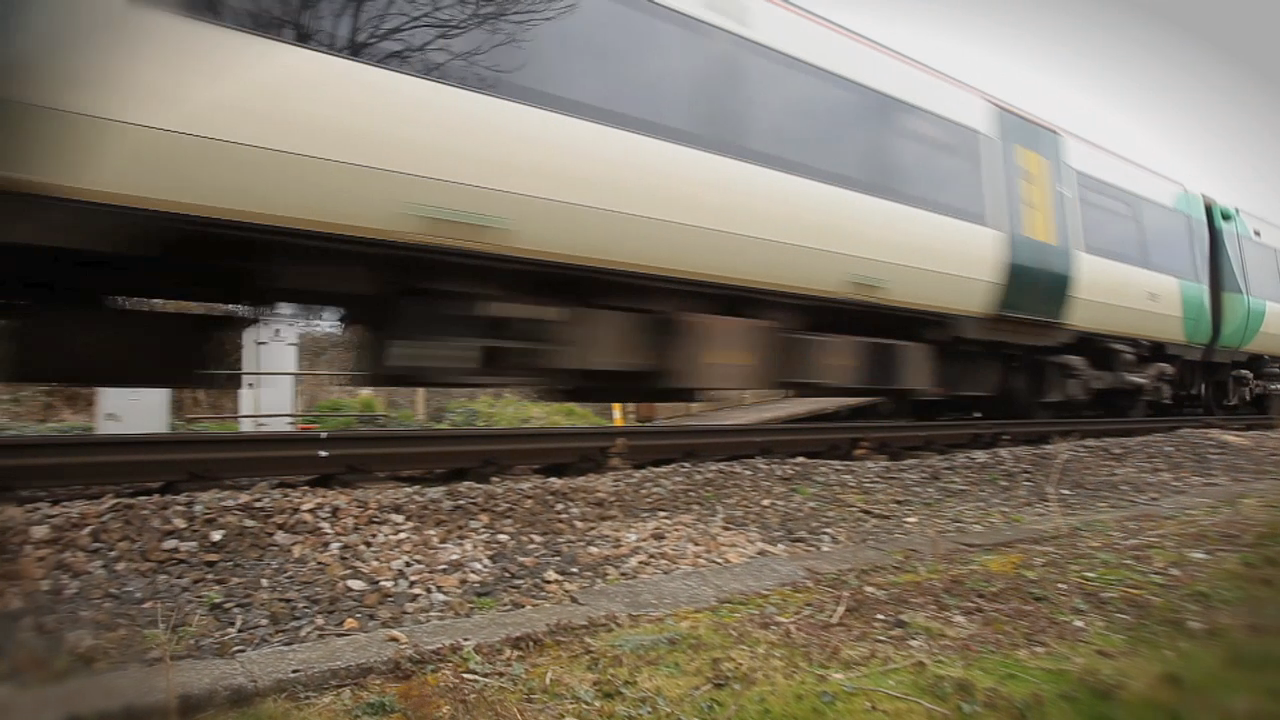Research
Our research vision is to bring about a step-change improvement in the engineering, economic and environmental performance of railway track making it fit for a 21st century railway, by developing new techniques for its design, construction and maintenance.
The key research challenges and objectives through which the vision will be realised are to:
- develop much improved understandings of the complex mechanisms of railway track behaviour governing stiffness, robustness, longevity, and noise and vibration performance;
- integrate these understandings to optimise the engineering, environmental and economic performance of track systems;
- apply them to create step changes in track system performance that will bring about reduced deterioration rates and maintenance frequencies while mitigating the environmental effects of noise, vibration and materials use. Increasing the time between maintenance cycles will reduce whole-life costs and improve timetable reliability, giving financial, environmental and customer service benefits. The understandings gained will be applied to both ballasted track and more highly engineered track systems, and tools for reliable whole-life assessment will be developed.
Meeting these challenges requires a coordinated programme of research to investigate how the various components of the track system relate to each other and to external factors.
Carrying out the research as a single coherent programme rather than a series of individual projects adds value and exploits synergies. Further added value and synergy result from the application of multi-disciplinary systems engineering, economic modelling and energy footprinting skills to the integration and optimisation of the technical research outputs; and from the application of the new knowledge gained to more highly engineered track systems, which could represent economically viable alternatives to ballasted track.

